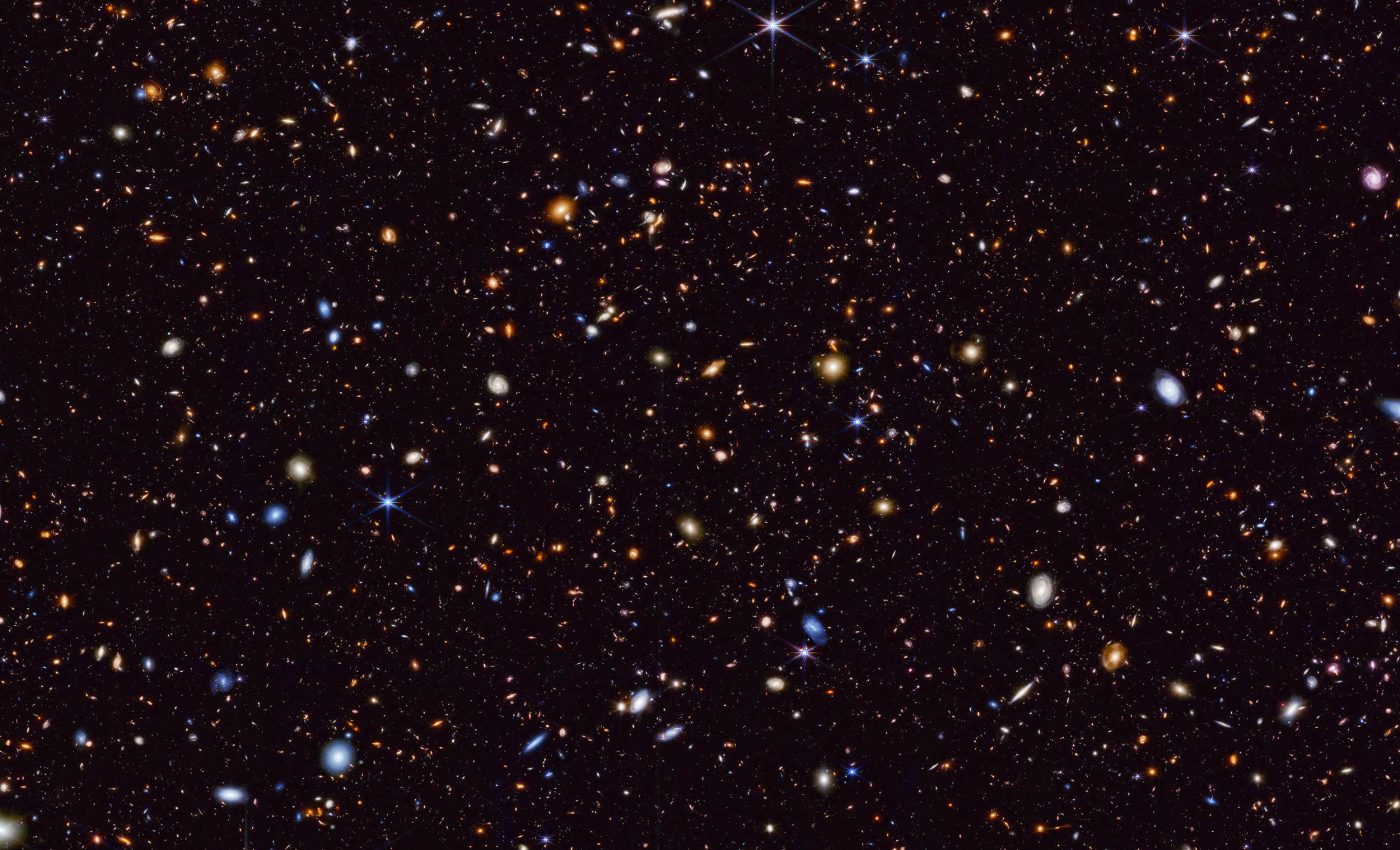
Webb travels back in time to better understand supernovae
The cosmos has always fascinated scientists, and NASA’s James Webb Space Telescope (JWST) is now offering unprecedented views of supernovae from the early universe.
Recently, a team of researchers used Webb’s data to identify ten times more supernovae than were previously known, uncovering some of the most distant examples ever observed.
These findings, presented at the 244th meeting of the American Astronomical Society in Madison, Wisconsin, are revolutionizing our understanding of the universe’s expansion.
Importance of supernovae
Supernovae are powerful explosions marking the end of a star’s life cycle. They occur when massive stars exhaust their nuclear fuel, leading to a collapse under their own gravity.
This collapse triggers a massive explosion, dispersing elements like carbon, oxygen, and iron into space.
There are two main types: Type I, which occurs in binary systems when a white dwarf accumulates too much material from its companion star, and Type II, resulting from the collapse of a massive star.
Supernovae are crucial for several reasons. They are key sources of heavy elements, enriching the interstellar medium and contributing to the formation of new stars and planets.
Their intense brightness allows astronomers to measure cosmic distances, aiding in the study of the universe’s expansion.
Additionally, supernovae can trigger the formation of new stars by compressing nearby gas clouds. Understanding supernovae helps unravel the mysteries of stellar evolution and the dynamics of galaxies.
Webb finds a wealth of supernovae
Using data from the JWST Advanced Deep Extragalactic Survey (JADES), the team analyzed images to find supernovae whose light has been stretched into longer wavelengths due to cosmological redshift.
Before Webb, only a few supernovae were found above a redshift of 2, which corresponds to when the universe was just 3.3 billion years old.
The JADES program, however, includes supernovae from an even earlier era, when the universe was less than 2 billion years old.
“Webb is a supernova discovery machine,” said Christa DeCoursey, a graduate student from the University of Arizona. “The sheer number of detections plus the great distances to these supernovae are the two most exciting outcomes from our survey.”
Hunt for transients
To discover these ancient supernovae, the team compared multiple images taken up to a year apart, searching for sources that appeared or disappeared. These objects, known as transients, vary in brightness over time.
The JADES Transient Survey Sample revealed about 80 supernovae in a tiny patch of the sky, comparable to a grain of rice held at arm’s length.
“This is really our first sample of what the high-redshift universe looks like for transient science,” said Justin Pierel, a NASA Einstein Fellow at the Space Telescope Science Institute (STScI) in Baltimore, Maryland.
The team worked diligently to distinguish true supernovae from other transients, often using expert analysis to ensure accuracy.
Among their discoveries was the farthest supernova ever spectroscopically confirmed, at a redshift of 3.6. This core-collapse supernova exploded when the universe was just 1.8 billion years old.
Uncovering distant Type Ia supernovae
Type Ia supernovae are of particular interest because of their predictable brightness, making them essential for measuring cosmic distances and calculating the universe’s expansion rate.
The team identified a Type Ia supernova at a redshift of 2.9, whose light began traveling 11.5 billion years ago when the universe was 2.3 billion years old.
This discovery surpassed the previous distance record for a spectroscopically confirmed Type Ia supernova.
Scientists are keen to analyze these distant Type Ia supernovae to determine if their intrinsic brightness changes with redshift.
The initial findings suggest no such change, keeping current theories about the universe’s expansion rate intact. However, more data is needed for a definitive conclusion.
Supernovae as a window to the early universe
The early universe was vastly different, with extreme environments and stars containing fewer heavy elements than those we see today.
Comparing ancient supernovae with those in the local universe will shed light on star formation and explosion mechanisms from these early times.
“We’re essentially opening a new window on the transient universe,” said Matthew Siebert, an STScI Fellow leading the spectroscopic analysis of the JADES supernovae. “Historically, whenever we’ve done that, we’ve found extremely exciting things — things that we didn’t expect.”
“Because Webb is so sensitive, it’s finding supernovae and other transients almost everywhere it’s pointed. This is the first significant step toward more extensive surveys of supernovae with Webb,” added Eiichi Egami, a research professor from the University of Arizona.
The James Webb Space Telescope is not just a powerful tool for observing the cosmos; it’s a gateway to understanding the universe’s past, present, and future. As more data is collected, we can expect even more groundbreaking discoveries that will enhance our knowledge of the cosmos.
—–
Like what you read? Subscribe to our newsletter for engaging articles, exclusive content, and the latest updates.
Check us out on EarthSnap, a free app brought to you by Eric Ralls and Earth.com.
—–














